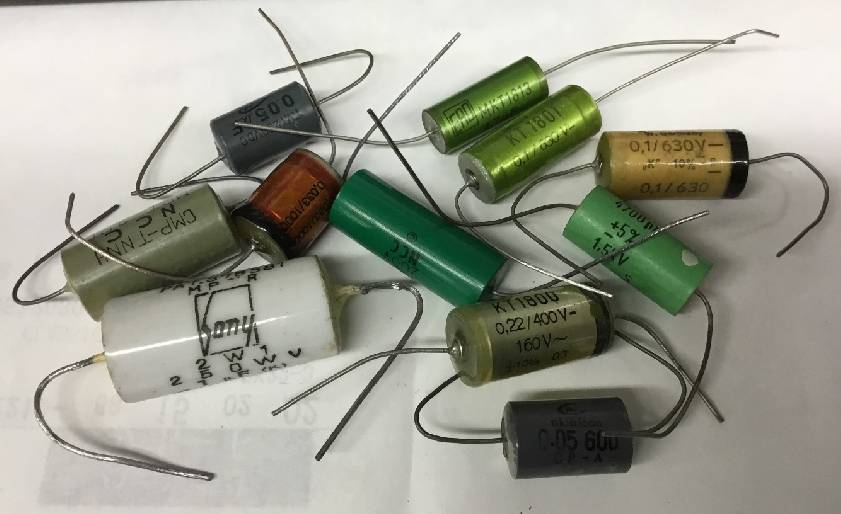
Getting carried away, I’ve decided to dive into the second round of capacitor discussions.
If you haven’t read the first post, I recommend checking it out:
Last time, I had to abruptly end the blog in the middle of things, so today, I’d like to talk about the magical allure of capacitors.
Once you’re captivated by this magic, you’ll be on an irreversible path toward becoming a capacitor enthusiast (or fetishist, really).
I’ll probably have to cut this short again, but please watch over me with the usual warm eyes.
The capacitors I find most alluring are oil paper capacitors.
It’s not just because Bumblebees are made from oil paper or because they are expensive.
To be honest, I don’t like Sprague’s Bumblebees or Black Beauties, and I would never use them in my own equipment. Their prices are absurdly high, and it makes me want to smack whoever set those prices on the back of the head with a slipper.
Due to their plastic molding, they have significant deterioration over time, and now, 50 years after their production, they are often unusable.
The current leakage and insulation resistance values have deviated so much that using them in amplifiers or other devices is frankly too dangerous.
Even if they are unused, I doubt their performance could be guaranteed.
Yet, they are still sold at high prices (often sold by complete amateurs).
Note: How do I know they’re amateurs? Because they can’t answer any questions about the products they sell.
They lavish praise on the items they’re selling but have no concrete basis for their claims regarding sound quality or performance.
There’s always a disclaimer saying it’s just their personal opinion.
There’s no clear explanation of what kind of equipment these were used in, at what voltage, and compared to what.
Despite the potential for them being practically unusable due to their age, they are sold at absurdly high prices.
And on top of that, they tell you not to use them in high-voltage areas. Well then, at least tell me what voltage they’re safe up to!
...Anyway, I could go on forever, so I’ll stop here.
The oil paper capacitors I like are made in Germany (specifically West Germany) and Japan (specifically during the Showa era).
But that’s not all. There are hidden gems out there, and if, by some miracle, you find them casually placed on a shelf in a parts shop, you’ll want to quietly buy them all without anyone noticing.
I’ll introduce some of these today, explaining where to use them and the specific effects they have, based on my personal experiences. (I’m not exactly an amateur, so I won’t be writing anything based on mere guesses or speculation.)
First up is this:
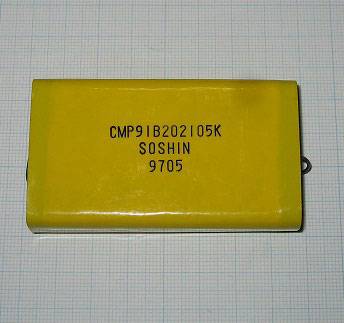
This is a Soshin Electric mica capacitor.
These are incredibly precise and offer natural sound quality, making them highly reliable even in critical applications.
Soshin Electric, a Japanese company, produces many outstanding capacitors that are widely used in filter circuits, high-frequency equipment, and devices that meet MIL-spec standards.
In particular, the CMP capacitor shown in the picture is one I’ve used a few of, and it’s simply wonderful.
Nowadays, it’s a rare find, and of course, the price reflects that rarity, costing between 3,000 and 5,000 yen per piece, depending on the capacitance.
These are extremely effective when used in low-power signal paths because they don’t spoil the original sound, adding no unnecessary color or character.
They barely suffer from deterioration over time, and their capacitance tolerance is among the best in the world of capacitors.
They work great when used in the input section of a mic preamp or high-impedance input paths.
While it might seem like these capacitors could be used for everything, the issues of price, availability, and the fact that their use of natural mica means they are larger for their capacitance make them less versatile.
However, they are perfect for coupling in the signal path of a preamp where internal space is ample.
I used them in the final stage of a 2-channel compressor I built for recording.
Next up is this: U-CON, made in Japan.
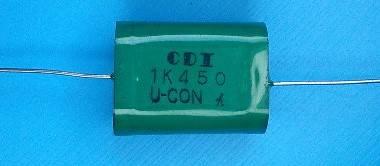
This is a best-selling audio film capacitor.
It’s a well-known brand among those in the know, and for seasoned enthusiasts, it’s a familiar name. U-CON capacitors have been used in Yamaha’s PA speakers, like the 4115H, and Fostex has offered many varieties of them for use in speaker networks.
I am so captivated by the sound of these capacitors that I currently own hundreds of them.
Their sound is incredibly clean, with minimal distortion or noise.
They aren’t just for speaker networks; I once paralleled them with electrolytic capacitors in the power section of an audio integrated amplifier, and I was amazed by how much it enhanced the depth of the reproduced sound.
It made the difference between quiet and loud sounds more pronounced, allowing me to hear even the faintest details.
I usually use Yamaha NS-10M speakers for reference, and I modified the network circuit inside by paralleling five 1uF U-CON capacitors to achieve a total of 4.7uF.
The typical muffled mid-high range of the NS-10M became suddenly clear, as if a veil had been lifted.
Let’s keep going. Next is this:
NCC MP Capacitors (Sony OEM).
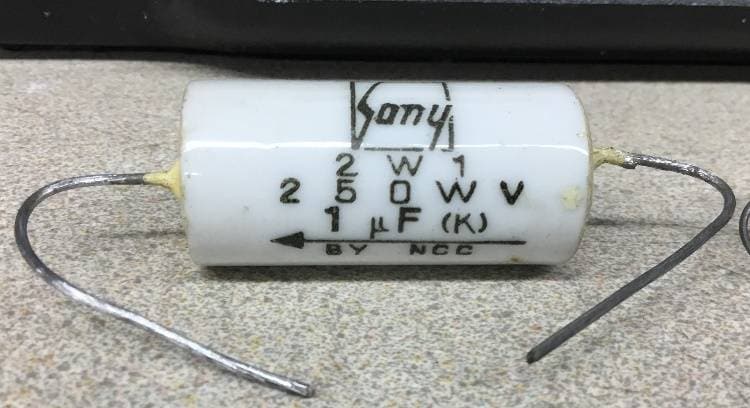
These oil paper capacitors from NCC (Matsuo Electric), selected as OEM capacitors for Sony’s products like the Walkman and various other best-selling items, are real gems.
The image shows them in a glossy white color, but that’s actually a ceramic (porcelain) tube.
The ones with an external coating are the NCC CMP-T, which I mentioned in the previous blog about capacitors. I consider these to be among the very best capacitors in the world.
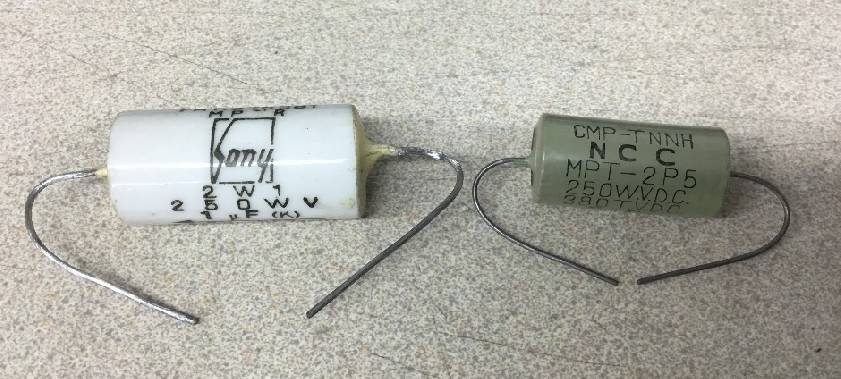
As for the sound, it has a warm thickness with plenty of mass and flawless capacitance, making them impeccable.
The only downside is that it’s hard to find them rated for over 400V, so they can’t be used in tube amplifiers.
Still, I can only imagine how incredible a guitar amp would sound if all its coupling capacitors were replaced with these.
I used them in the input section of a monaural power amp with power FETs.
The vocal richness and the weighty bass that resonated in the background created an unparalleled sense of presence. These are truly masterpieces among Japanese capacitors.
Finally, I’d like to introduce a wonderful capacitor from Nichicon (Nippon Chemi-Con).
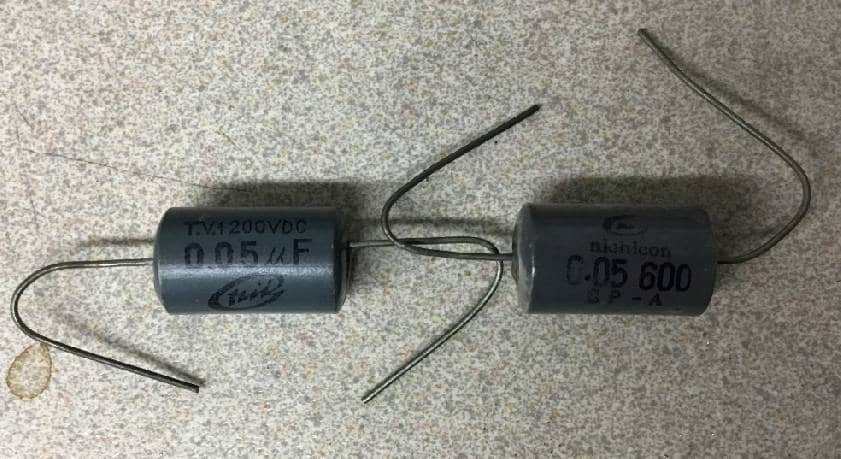
Nichicon, founded in 1950, is a long-established capacitor manufacturer, especially famous for its high-performance electrolytic capacitors.
This company is so impressive that it once set up a joint venture with Sprague in the USA to produce tantalum capacitors in Japan.
Nichicon, famous for its electrolytic capacitors, also made oil paper capacitors back in the day.
Although I have few of these left, they are real treasures.
I confirmed that they were used in equipment for the Japanese Self-Defense Forces when I dismantled some military surplus gear, which tells you how durable and high-performance these capacitors are. I can’t remember the sound exactly because I rarely used them.
But I recall that they provided a smooth and straightforward sound without much coloration. (At that time, I used them in the input of an audio preamp I built with an OP-AMP.)
Lastly, let me introduce one more thing:
NTK hermetic oil capacitors.
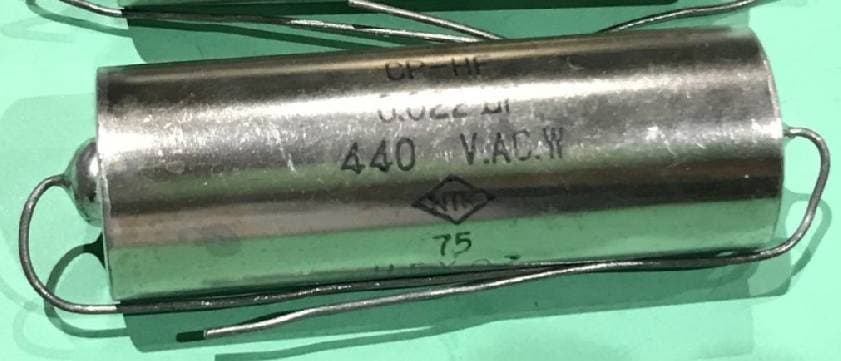
These were used in tube radios and other old equipment, and were considered high-end even back then, more expensive than other brands.
I personally consider NEC to be the standard for hermetic tantalums and NTK for hermetic oil capacitors.
These capacitors match so well with single-coil pickups like those on a Strat that they’re hard to beat. Even the sometimes piercing highs of single-coils are tamed into something much more pleasant with these capacitors.
This gives you a smooth and mellow sound that’s a joy to hear.
Once again, there was too much to write about, so just lightly touching on Japanese capacitors has resulted in this lengthy post.
Since there’s no helping it, I’ll cover West German capacitors in the next part.
Stay tuned!






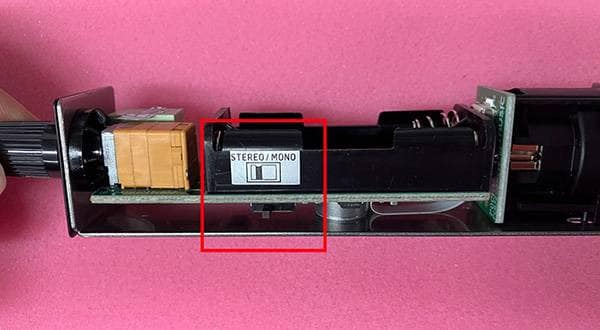
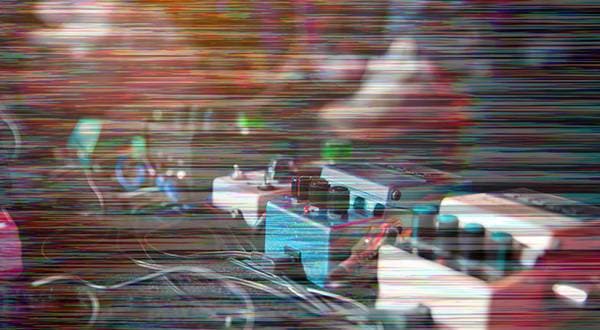
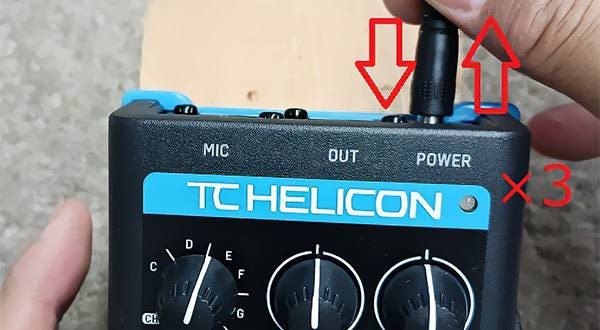
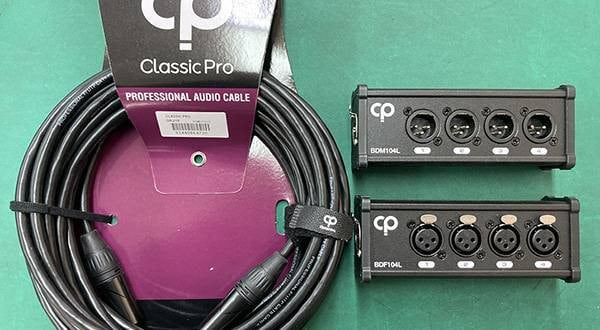
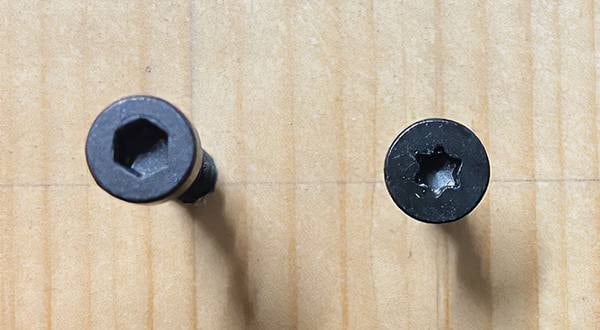
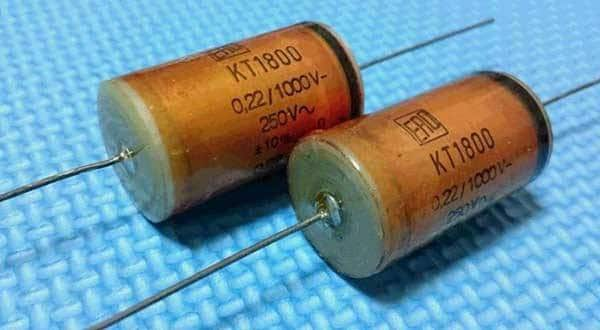
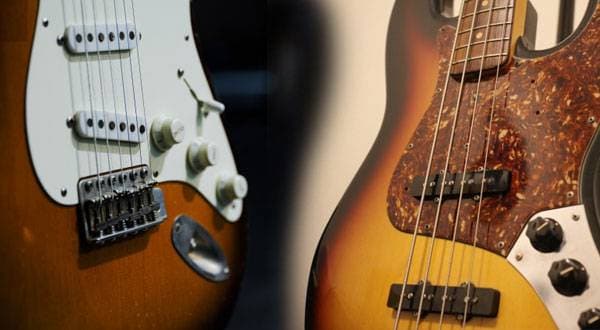
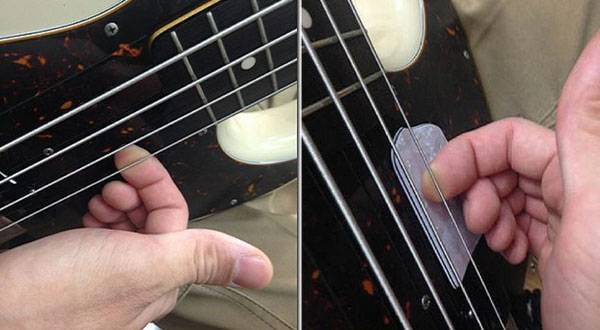



 DIY ギターメンテナンス
DIY ギターメンテナンス
 配線カスタマイズ 第1回
配線カスタマイズ 第1回
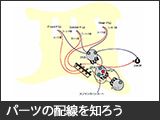 パーツの配線を知ろう
パーツの配線を知ろう
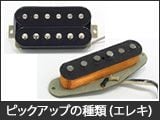 ピックアップの種類(エレキギター)
ピックアップの種類(エレキギター)
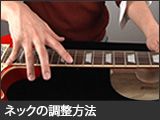 ネックの調整方法
ネックの調整方法
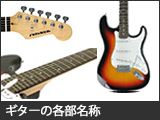 ギターの各部名称
ギターの各部名称















